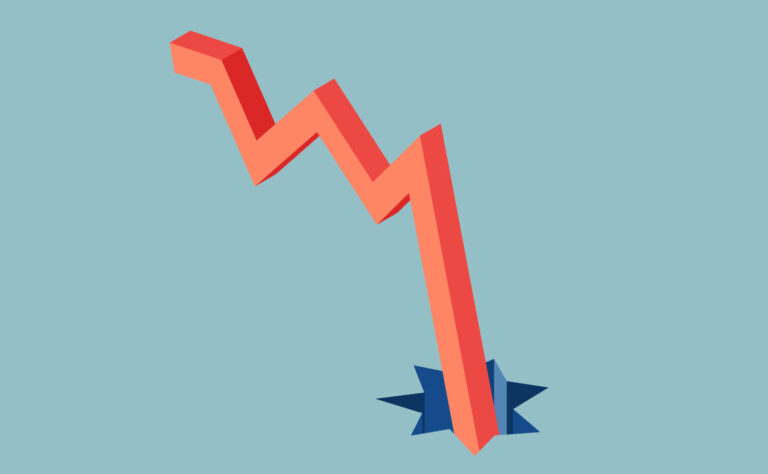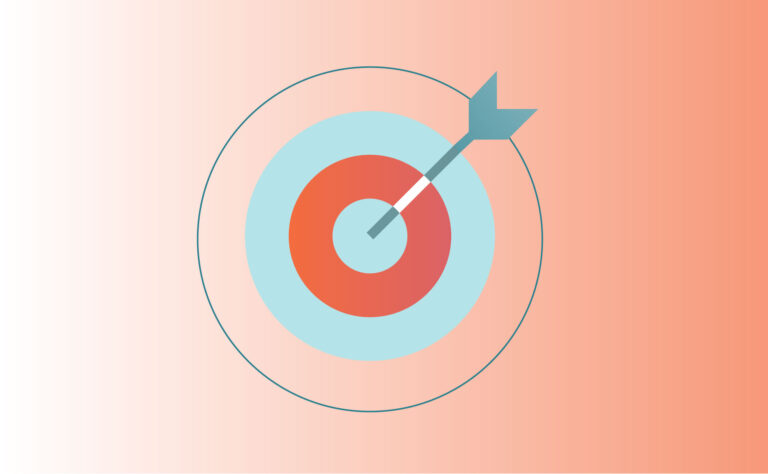Buy Now, Pay Later (BNPL) isn’t just a trend anymore. It’s changing how people shop and how businesses sell. Once a niche checkout option, it’s now a mainstream payment method, fueled by providers like Klarna, Afterpay, PayPal, and Affirm.
For customers, the appeal is obvious: split purchases into smaller payments over time, often interest-free. For business owners, though, the question is trickier. BNPL can open doors to more sales, but it also comes with costs you can’t ignore.
Here’s what the latest research says, and what it means for Kansas businesses in 2025.
BNPL Market Growth: A Global Surge
The BNPL market shows no signs of slowing. According to the Buy Now Pay Later Global Business Report 2025:
- The global BNPL market is expected to grow 13.7% in 2025, reaching $560.1 billion in transaction value.
- Projections show sustained growth through 2030 as more consumers worldwide adopt flexible payment options.
What this means for you: BNPL isn’t an experiment anymore. Customers increasingly expect it as a standard option.
U.S. Adoption: Tens of Millions of Consumers
BNPL has exploded in the U.S.:
- 86.5 million Americans used BNPL in 2024.
- Gen Z and Millennials, in particular, favor BNPL over credit cards.
- It’s no longer just for big-ticket items: people are using it for groceries and everyday purchases.
What this means for you: If you sell online, customers may already expect BNPL at checkout. If you don’t offer it, they may choose competitors who do.
The Real Cost of BNPL for Your Business
While BNPL can boost sales, it comes with higher transaction costs than traditional payment methods:
- Credit card fees typically average 1.5%–3% per transaction
- BNPL provider fees often range from 1.5% to 7%, depending on the provider and agreement
For businesses operating on thin margins, these higher fees require careful analysis of the return on investment.
What this means for you: BNPL may boost revenue, but you need to run the numbers to see if it makes sense for your margins.
Why Many Businesses Choose BNPL Anyway
Despite higher fees, many merchants find BNPL worthwhile. Here’s why:
- Increased Conversion Rates: Customers are more likely to complete a purchase when flexible payments are available
- Reduced Cart Abandonment: BNPL removes the sticker shock that causes shoppers to abandon online carts
- Higher Average Order Value: Shoppers tend to spend more when they can spread payments out over time
What this means for you: If you struggle with abandoned carts or customers hesitating over price, BNPL might pay for itself.
Making the Right Decision for Your Business
BNPL is here to stay. The real question isn’t whether it’s growing, it’s whether it fits your business.
Questions to Consider:
- What’s your average transaction size, and how would BNPL fees impact your profit margins?
- Are you losing sales to cart abandonment or price resistance?
- Do your competitors offer BNPL, and is it affecting your competitive position?
- How would BNPL fit into your overall cash flow management strategy?
Need help analyzing whether BNPL makes financial sense for your business?
BNPL can be a powerful tool, but only if it fits your margins, customers, and cash flow strategy. Before you jump in, run the numbers.
At CGP Group, we help Wichita business owners analyze payment systems and make smart financial decisions. If you’re considering BNPL, let’s walk through the math together so you know whether it’s the right move for your bottom line.








